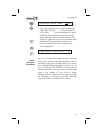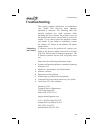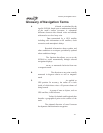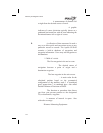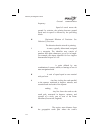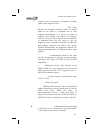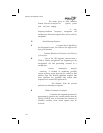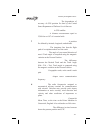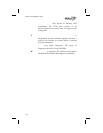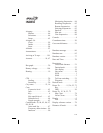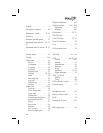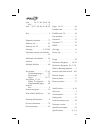
magnetic lines concentrate. A magnetic compass
points to the magnetic north.
Magnetic Variation (Mag Var): The angle
between the magnetic and true north. At various
points on the earth it is different due to local
magnetic disturbances. It is shown on charts as
isogonic lines marked with degrees of variation,
either east or west. These degrees must be added to
or subtracted from the true course to get the
magnetic course. (Easterly variations are deducted,
and westerly variations are added.) The Apollo
SL50/60 automatically sets magnetic variation to 0
degrees at positions above 70 degrees north or south
latitude.
Map Datum: A mathematical model of the earth
used for the purpose of creating navigation charts
and maps. The Apollo SL50/60 uses the WGS84
map datum.
MESA: Minimum Enroute Safe Altitude is the
highest MSA for every point between the aircraft
present position and the “TO” waypoint with a 5
nm buffer around the course.
Meter (m): A metric distance measurement equal
to 39.37 inches.
Minute: 1/60th of a degree.
MSA: Minimum Safe Altitude. The elevation of the
highest obstruction near the aircraft plus a 1,000 or
2,000 foot buffer added for safety. In
non-mountainous terrain, a 1,000 foot buffer is
added. In mountainous terrain, a 2,000 foot buffer is
added. The result is rounded to the nearest 100 feet.
N Nautical Mile (nm): A distance measurement equal
to 6,076 feet, or 1.15 statute mile. One nautical mile
is also equal to one minute of latitude.
115
Glossary of Navigation Terms



